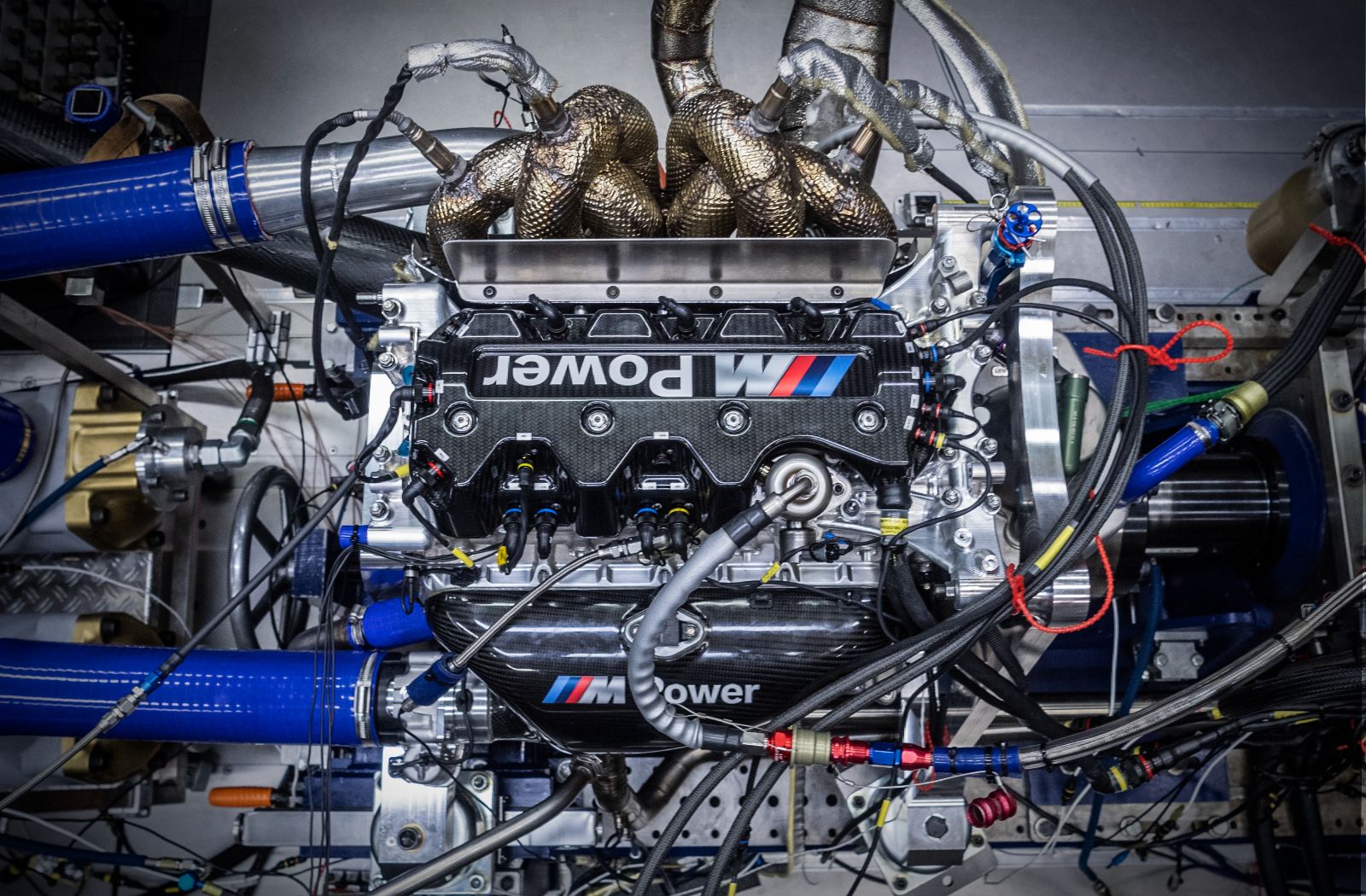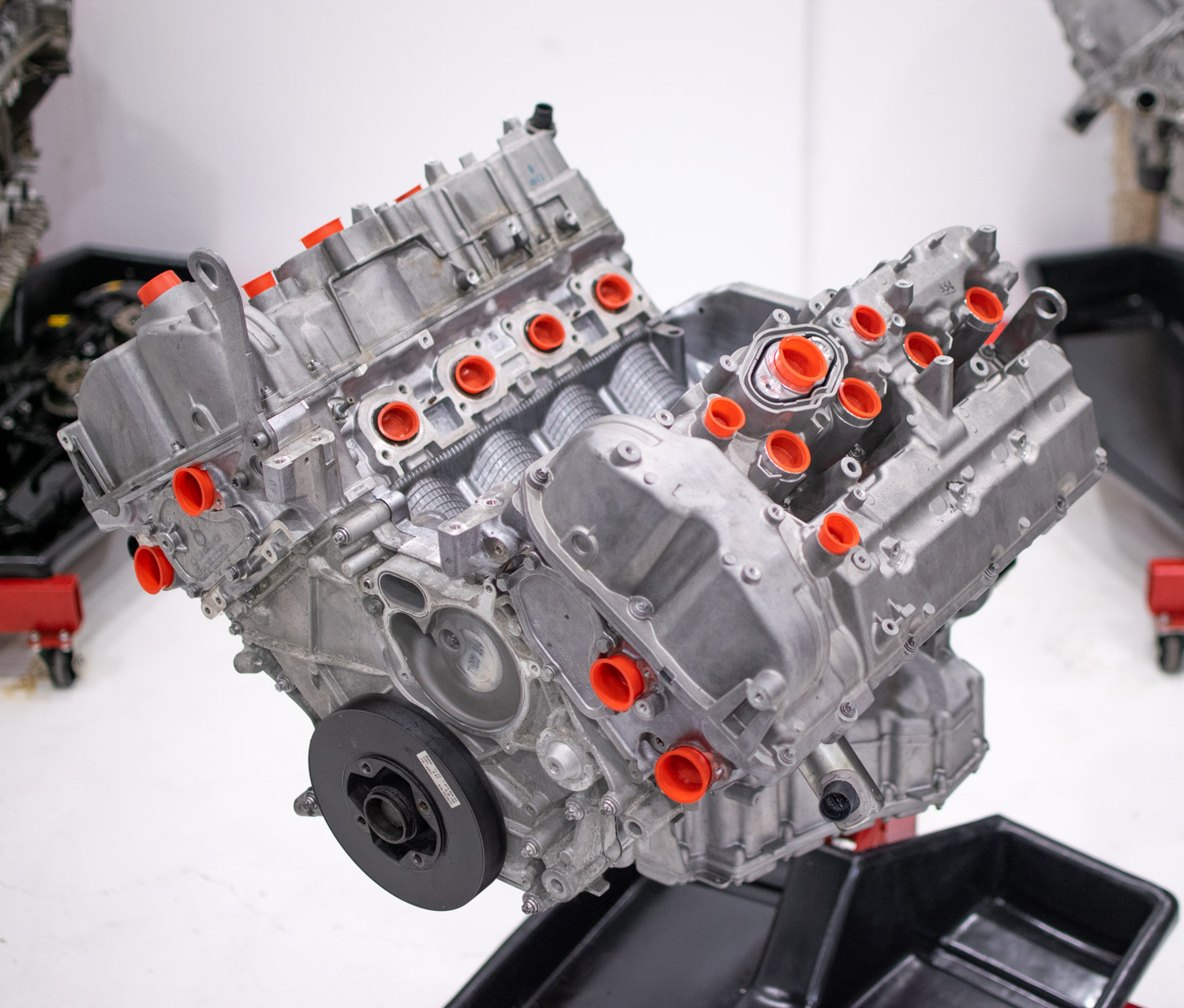Checking Out the Performance Enhancements of the Latest BMW Engine Models
Checking Out the Performance Enhancements of the Latest BMW Engine Models
Blog Article
Checking Out the Advancement of Burning Engines in Modern Transportation Equipments
As we navigate the landscape of modern-day transportation, the evolution of burning engines stands as a testament to human resourcefulness and engineering prowess. From their modest starts to the advanced giants pushing vehicles today, burning engines have undertaken an impressive journey of advancement and adaptation. Comprehending the details of this evolution not just loses light on the past but likewise leads the way for envisioning what exists in advance in the world of transport technology. The interplay of history, technology, and environmental problems fit the trajectory of combustion engines develops a story that is both engaging and insightful.
Early Beginnings of Combustion Engines
How did the idea of combustion engines first emerge in the very early stages of transport advancement? The roots of burning engines can be mapped back to the 17th century when the principles of interior burning were first checked out.
The breakthrough minute included the creation of the initial effective gasoline-powered engine by Karl Benz in 1885 - bmw engine. This engine led the way for the advancement of the modern-day car, transforming transportation systems worldwide. Subsequent technologies by Nikolaus Otto and Gottlieb Daimler even more improved combustion engine technology, leading to the automation of vehicles and the fast expansion of the transportation market
These early combustion engines were identified by their simplicity and effectiveness, laying the foundation for the complex and effective engines utilized in contemporary transport systems. The development of burning engines has contributed in shaping the way we take a trip and transport goods, marking a considerable turning point in the background of transportation development.
Change to Internal Combustion Technology
The transition to internal combustion innovation marked an essential shift in the evolution of transport systems. This change started in the late 19th century, with creators like Nikolaus Otto and Gottlieb Daimler creating the initial successful interior burning engines. These engines changed transport by supplying a more powerful and effective option to steam engines and electric motors.
Among the key advantages of inner burning engines was their capability to be reduced to fit into cars, resulting in the development of automobiles and motorbikes. This shift from large, fixed engines to small, mobile ones led the way for the contemporary transportation systems we see today.
The transition to inner burning modern technology additionally spurred innovations in fuel innovation, causing the advancement of gasoline and diesel as main fuel resources for automobiles. This change not only made transport much more easily accessible to the masses yet also laid the structure for the oil and gas market to become integral to international economic situations.
Impact of Combustion Engines on Transport
The adoption of burning engines in transportation systems catalyzed a profound shift in the effectiveness and rate of global wheelchair. Burning engines transformed transport by giving a reputable and flexible resource of power for numerous cars, including autos, trucks, ships, and planes. This advancement dramatically improved the capacity for items and individuals to move over lengthy distances in shorter time frames, bring about enhanced connection in between regions and nations.
Moreover, the extensive usage of burning engines has had a substantial impact on financial advancement. The ability to transfer items efficiently has actually spurred profession and business, permitting companies to broaden their markets and get to customers worldwide. This has actually assisted in economic development and globalization, as products can now be carried much faster and in bigger amounts than ever.
However, the ecological influence of burning engines can not be overlooked. The burning of nonrenewable fuel sources has caused air contamination and greenhouse gas exhausts, adding to environment modification and posing health and wellness dangers to populations. bmw engine. Because of this, there is an expanding focus on establishing different propulsion technologies to minimize these negative impacts and develop a more sustainable future for transportation
Developments in Burning Engine Design
Countless innovations in combustion engine design have actually driven the evolution of transportation systems over the years. One notable technology is the advancement of turbocharged engines, which use exhaust gases to drive a turbine that compresses incoming air, permitting for more fuel to be scorched, resulting in boosted power result without a considerable rise in engine size. In addition, direct injection modern technology has enhanced fuel efficiency and performance by specifically controlling the quantity and timing of gas injected into the burning chamber. Variable shutoff timing systems have actually likewise reinvented engine style by enhancing air flow at various engine speeds, boosting both power and effectiveness. An additional significant advancement is the combination of lightweight materials such as carbon fiber and light weight aluminum alloys, lowering total engine weight and boosting lorry gas economic climate. In addition, advancements in computer-aided style have allowed engineers to optimize engine efficiency and effectiveness via simulations before physical models are learn this here now built, saving time and resources in the development process. These advancements jointly add to the continual improvement of combustion engines in modern-day transportation systems.
Future Trends in Combustion Engine Development
With modern technology advancements driving continuous technology, the future of burning engine advancement is positioned to revolutionize transport systems around the world. One of the key patterns in combustion engine development is the push in the direction of higher effectiveness and lowered discharges.
An additional famous fad is the adoption of crossbreed innovations in burning engines. Hybrid engines linked here combine standard burning modern technology with electric power, providing boosted gas performance and lower discharges. As the automobile industry changes towards electrification, hybrid burning engines are viewed as a transitional service that links the gap between conventional automobiles and totally electric ones.
In addition, the assimilation of clever modern technologies, such as expert system and information analytics, is expected to play a substantial duty in the future of burning engine advancement. These technologies can optimize engine efficiency in real-time, bring about much more reliable combustion procedures and boosted total vehicle efficiency. Accepting these future patterns will certainly not only drive development in burning engine growth however additionally add to an extra lasting and environmentally friendly transportation ecological community.

Verdict
In conclusion, the advancement of burning engines in modern transportation systems has actually been noted by significant advancements in modern technology and design. From the early beginnings of burning engines to the shift to interior burning technology, these engines have actually had a profound influence on transport.
The origins of burning engines can be traced back to the 17th century when the concepts of inner burning were first checked out. These engines changed transport by supplying a more effective and visit homepage powerful choice to vapor engines and electrical motors.

Report this page